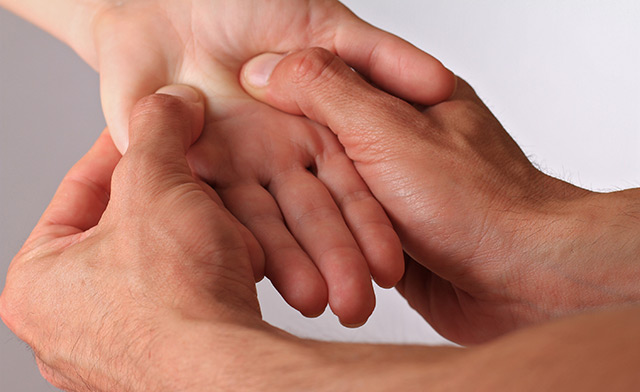How to improve your posture while sitting
10/23/2018 / By Rhonda Johansson

Bad posture leads to a plethora of major health problems. We don’t realize it, but assuming unhealthy positions for extended periods of time can cause breathing difficulties, make us more prone to headaches, and even affect the way our hormones are produced. Modern life may be more convenient — but it’s slowly killing us. Spending at least eight hours a day in an office can force our bodies to adjust unnaturally. Health experts say it is important to be aware of these risks and be more diligent about maintaining proper posture while sitting down. Poor posture should never become second nature. Developing this habit can aggravate episodes of back and neck pain and can damage spinal structures.
Thankfully, improving posture is completely within your control. Let’s take a look at a few considerations.
Assume the natural position
Your spine should have three normal curves: the cervical, thoracic, and lumbar. Without getting too technical about it, these gentle curves are best seen when you’re standing up straight. Misalignment in any of these curves places pressure on the surrounding muscles, ligaments, and joints. More dangerously, misalignment can also place pressure on the delicate nerves in the neck — the same nerves that transmit vital information from the brain to the limbs. Nerve interference can lead to disease. You may be suffering from a spinal misalignment if you have: sore or stiff neck or back, low energy, muscle spasms in the back, joint pain, or numbness or tingling sensations. (Related: Improving your posture could help reduce muscle pain, joint pain and headaches.)
To prevent this, assume a “straight back” position when sitting. Imagine yourself as a puppet, with a cord tied around your spine, which is being pulled up by an imaginary being. Immediately you should feel your back straighten. This is the position you should maintain for as long as possible. Your butt should touch the back of the chair with your ears, shoulders, and hips being in the same line. Ideally, body weight should rest evenly on both hips. Knees should be bent at right angles and should be even or slightly higher than your hips. Use a footstool if necessary. Legs should never be crossed as this unbalances the spine. Feet should also remain flat on the floor.
You can also improve your sitting posture by adjusting your workstation. Move your chair and desk so that you are not hunched down or looking up. Computer monitors should be raised to eye level. Elbows should rest comfortably on the chair or desk, with the shoulders assuming a relaxed position.
Other good tips: when sitting on a chair that rolls and pivots, don’t twist at the waist while sitting down. If you must move around, turn your entire body to the side. Additionally, when you stand up from the sitting position, move to the front of the seat and straighten your legs. Try not to bend forward at your waist.
There is work and then there is work
Working hard for the money does not mean working hard on the back. Most offices now provide ergonomic chairs. Take full advantage of these and learn to sit up straight. Invest in — or ask your office for — posture-friendly props as well. These would include portable lumbar back supports, footrests, or backpacks that are designed to minimize back strain. You can also try to regularly sit on a balance ball. In this position, your pelvis is rocked gently forward while increasing the lumbar curve.
Admittedly, sitting correctly for long can be tiring. However, instead of falling back on the old-reliable slouching, change positions frequently. This prevents muscle fatigue as well. Take regular bathroom breaks or just stand up and stretch every 30 to 40 minutes. This can also prevent eye strain.
One last thing to remember is to increase awareness of your posture. Be conscious of your habits and catch yourself whenever you’re tempted to slouch.
Taking all of these considerations to heart should dramatically improve your overall health.
Read more ways to take care of your health at Prevention.news.
Sources include:
Tagged Under: back health, bad posture, disease prevention, good posture, improving posture, spine health



















